Four innovative projects funded to tackle non-destructive inspection at Sellafield
Published on Tuesday, 6th of August
Contributing to the ongoing decommissioning and safe management of legacy nuclear materials at Sellafield, four companies have secured funding for feasibility studies to investigate non-destructive inspection methods for redundant flasks. Resulting technology could enable Sellafield Ltd to precisely inventory the site’s materials, including over 200 flasks previously used to store and transport radioactive substances.
The flasks vary greatly in size, thickness, overall mass, age, and radioactivity levels, making it essential to verify their contents accurately without moving or damaging them. Sellafield Ltd is seeking innovative solutions to achieve this, focusing on radiometric characterisation among other technologies.
After receiving fifteen applications for the Game Changers challenge, four standout projects have been selected for further development:
- Damavan Imaging, Troyes, France: This project will harness advanced 3D radioactive imaging combined with quantification techniques. Utilising a highly sensitive gamma imaging system paired with novel activity analysis software, Damavan aims to deliver precise 3D maps of radioactive activity within the flasks. This method promises accurate quantification without the need for internal access.
- Lynkeos Technology Ltd, Glasgow, United Kingdom: A spin-out from the University of Glasgow, Lynkeos employs passive 3D imaging technology using muon detectors. By tracking muons’ paths through the flasks, the company can reconstruct a 3D density map based on Coulomb scattering angles and locations. This approach provides detailed internal imaging without any physical intrusion.
- Applied Nuclear Physics Ltd, Cockermouth, United Kingdom: ANP’s project focuses on refining a flexible analysis tool currently in its prototype stage. This tool will use multiple, straightforward measurements to create an accurate 3D representation of radioactive activity inside the flasks. Their aim is to deliver a comprehensive solution that negates the need for internal flask access.
- University of Strathclyde, Glasgow, United Kingdom in collaboration with Mirion Technologies: This initiative combines X-ray imaging with radiometry to evaluate the flasks' internals and monitor radioactivity levels. The project also incorporates advanced phase array ultrasound technology to assess the flask walls' structure. The data will be synthesised into models to identify the inner contents of the flasks, with the aim of providing a clear picture of their shape, dimensions, location, material type, and estimated radioactivity.
These four projects will undergo a 12-week feasibility study, showcasing their potential to transition into the proof of concept phase within the Game Changers process. With the buildings housing some of these flasks scheduled for demolition in the next 2 years, Sellafield Ltd is keen to support the development of these solutions to be implemented on-site to meet this deadline.
By funding these cutting-edge technologies, Sellafield Ltd aims to enhance safety and efficiency in its decommissioning efforts, ensuring a thorough and non-invasive examination of the flasks, which is crucial for the site's ongoing cleanup and disposal activities.

